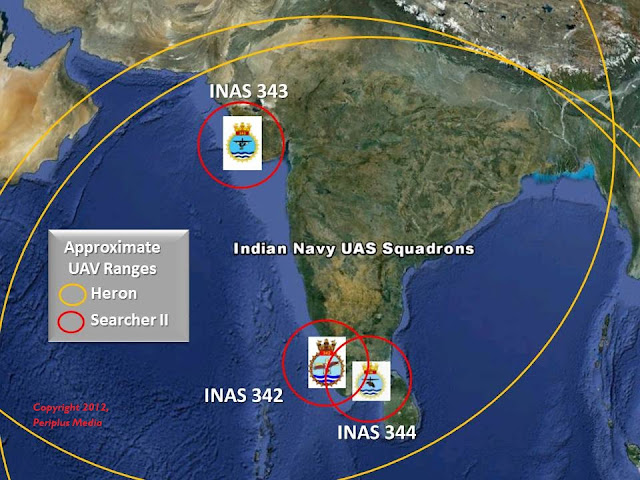Dual-Use Drone Swarms
Last winter over at Information Dissemination , I made the observation that swarming robots will irreversibly transform warfare, and I hold to that argument. The discussion and progress in this area is developing quickly. Much of this conversation involves non-military uses for drone technology, but as with many tools, there are also applications for warfare. A host of militarily-useful scenarios can be envisioned to employ very small unmanned naval platforms in a non-lethal fashion. In the videos below, quadrotors are used to perform simple construction tasks. The technology that is today viewed as modern performance art could some day be utilized to build an expeditionary forward operating base remotely. A C-130 would fly over a likely FOB site and deploy hundreds of UAVs, which would quickly go to work filling Hesco Barriers and building fighting positions all night long based on a pre-programmed design, a scoop of sand at a time....
